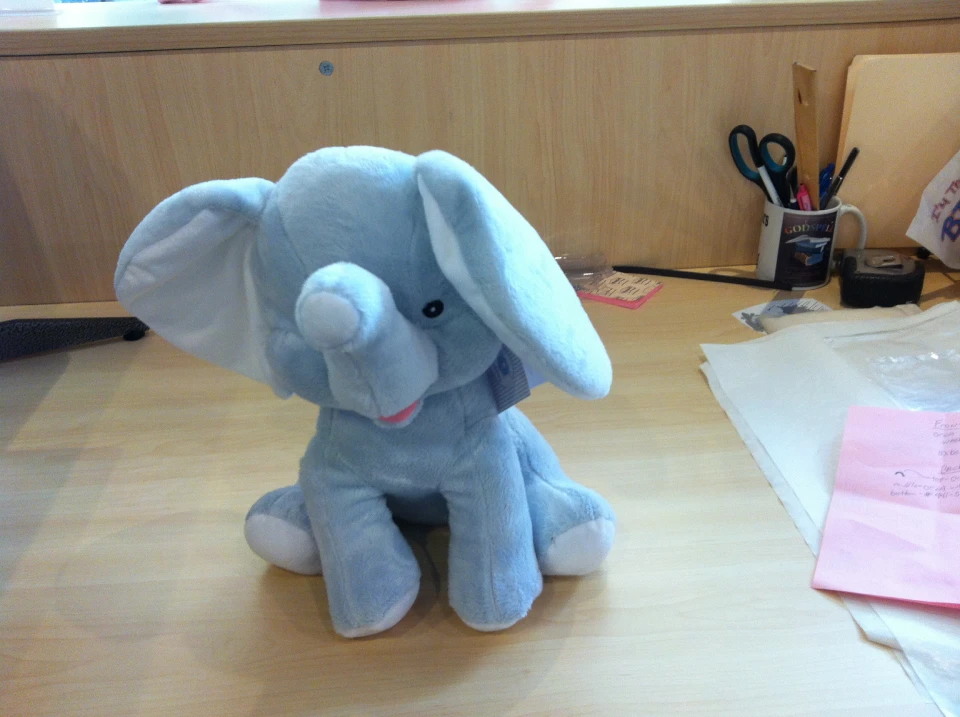The Art of Customized Embroidery: Opening the Secrets to Creating One-of-a-kind and Memorable Designs
Needlework, a craft steeped in tradition and creativity, holds within its elaborate stitches the power to change textile into a canvas of special expression. The keys to creating custom-made embroidery layouts that captivate the eye and leave a long-term perception hinge on a delicate balance of strategy, imagination, and attention to detail. As we explore the globe of custom needlework, we reveal the nuanced interaction between string selection, stitch intricacy, and layout personalization that raises a simple garment to a job of art. Join us on a trip via the art of custom embroidery as we unwind the secrets behind crafting truly extraordinary and distinct creations.
Choosing the Right Needlework Threads
When choosing embroidery strings, what crucial factors should you consider to make certain the very best outcomes for your custom-made designs? The selection of needlework thread is critical in figuring out the final end result of your embroidered layout. Among the main considerations is the material of the string. Different products such as cotton, polyester, rayon, and silk offer differing levels of luster, sturdiness, and appearance. It is vital to choose a string product that complements the material you are stitching on and lines up with the desired appearance of the design.
Furthermore, the weight or thickness of the string plays a substantial role in the appearance of the embroidery. Thicker threads can include measurement and texture to your layout, while finer threads are ideal for complex details and little message. Additionally, thinking about the color fastness and washability of the thread is critical to guarantee that your custom-made layouts maintain their quality and vibrancy gradually. By thoroughly reviewing these factors and choosing premium strings that satisfy your certain needs, you can enhance the visual allure and longevity of your embroidered developments.
Discovering Various Stitch Methods
To look into the realm of 'Checking out Different Stitch Methods', one have to realize the intricacies and nuances that each stitching technique gives the art of needlework. Various stitch techniques not just add visual interest yet likewise add to the total texture and dimension of the layout. One popular stitch method is the satin stitch, which entails closely jam-packed parallel stitches to produce a smooth and glossy surface, ideal for completing forms and developing strong describes.
On the other hand, the backstitch is a versatile method commonly utilized for detailing and adding fine information. It includes stitching in reverse to produce a solid line of needlework. In addition, the French knot stitch adds a responsive aspect to designs, perfect for developing distinctive accents like flower centers or attractive touches.
Checking out different stitch strategies enables embroiderers to have fun with light, darkness, and depth within their layouts, elevating the visual appeal and creative high quality of their needlework jobs. By grasping different stitching techniques, one can unlock endless opportunities for creating distinct and remarkable personalized needlework pieces.
Incorporating Personalized Design Aspects
Having explored the ins and outs of different stitch strategies such as the satin stitch, backstitch, and French knot, the emphasis now moves towards integrating personalized layout elements in personalized embroidery tasks. Personalized design components play an important role in making needlework projects genuinely unique and unforgettable. One means to include personalization is by including initials, names, or significant dates to the design. This not just adds an individualized touch however additionally improves the nostalgic value of the needlework item.
Another method to incorporate customized layout components is by including icons or concepts that hold special definition to the recipient or mirror their passions and individuality. Including a favored blossom, animal, or hobby-related sign can make the embroidery design extra significant and personalized. In addition, selecting colors that resonate with the recipient or line up with the desired theme can further enhance the customization of the embroidery job.
Grasping the Art of Color Coordination

One key element of shade coordination is understanding color theory. This includes understanding just how various colors interact with each other, the emotions they share, and how they can be integrated to develop visually attractive styles. By using shade theory principles, embroiderers can create harmonious color palettes that improve the general appearance of the layout.
Additionally, focusing on comparison is critical in shade control. Making use of contrasting colors can assist specific components of the layout pop, improve legibility, and produce a visually vibrant needlework item. By understanding the art of shade coordination, embroiderers can raise their styles and create remarkable items that reverberate with clients and viewers alike.
Enhancing Texture With Advanced Embroidery Stitches
French knots, as an example, are best for including little, increased dots to your style, imitating the appearance of beads or producing a distinctive surface area. Bullion knots, on the various other hand, can be made use of to develop twisted, ropelike components that include a lavish feel to the needlework. Seed sewing entails little, scattered stitches that can complete locations with a speckled texture, while turkey work produces fluffy, dimensional accents reminiscent of pet hair or foliage. Trying out these advanced needlework stitches permits you to push the boundaries of typical embroidery and develop absolutely one-of-a-kind and visually attractive structures in your styles.
Conclusion
In verdict, the art of custom needlework entails a combination of picking the right threads, checking out various stitch methods, incorporating tailored style elements, this website understanding color control, and improving appearance with sophisticated stitches. By understanding and executing these crucial elements, embroiderers can develop distinct and memorable designs that showcase their creative thinking and ability. Needlework lovers can unlock the secrets to producing beautiful and bespoke items that stick out and leave an enduring impression.